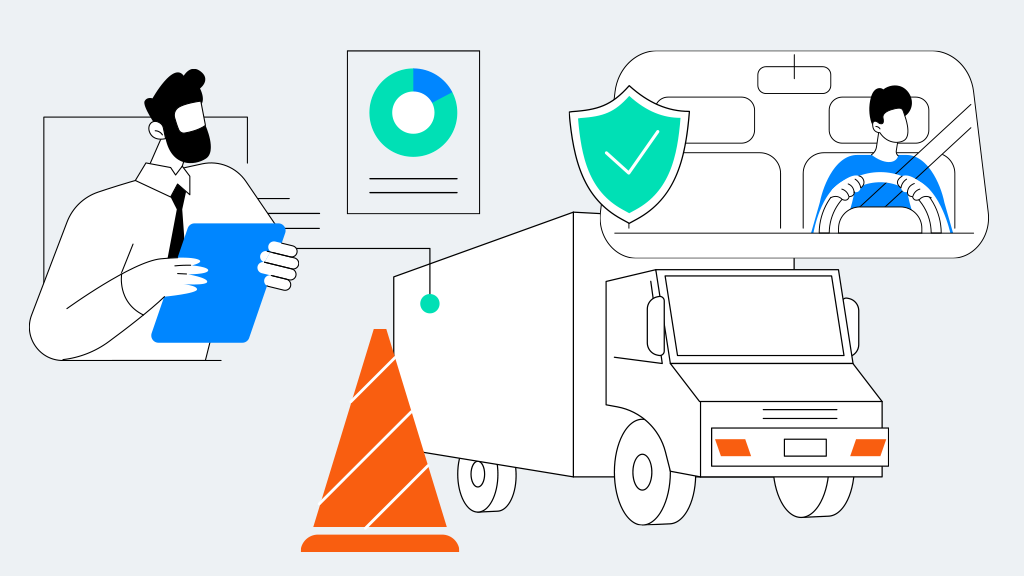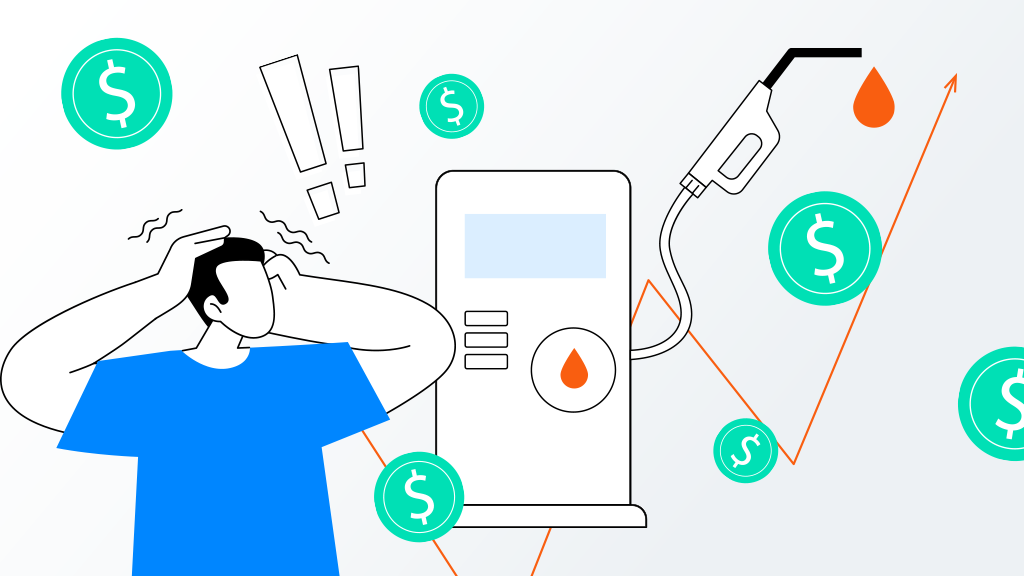The fuel price surge continues to escalate. Several factors are contributing to the current spike in the cost of oil. The net result is some of the highest gas prices on record. Recently, the national average for a gallon of gas hit $4.00, the highest since July 2008, according to data from AAA. Some predict it’s headed to $5 per gallon.
Everyone is feeling pain at the fuel pump.
For the fleet industry, the pain is multiplied by the number of vehicles you operate. These surging fuel prices threaten the health and profitability of your business.
You can’t change the price of fuel, but you can lessen its impact on your operation. Here are six tips to beat the fuel price surge:
#1: Ensure Your Drivers Consistently Follow Safe and Efficient Driving Practices
The key takeaway here is that improving safety and driver behavior has positive effects on your fuel management metrics. According to the U.S. Department of Energy, driving behaviors like speeding, rapid acceleration and harsh braking can lower gas mileage by anywhere from 15 to 30% at highway speeds, and 10% to an incredible 40% in stop-and-go traffic.
Whether it’s the result of speeding to make a customer appointment or a more general pattern of bad habits, these behaviors put your drivers and company at risk. They are also a significant but controllable cause of excessive fuel use.
Use your fleet tech to improve driver performance and eliminate fuel-guzzling behaviors. A combination of monitoring and reporting, through advanced telematics, in-cab coaching with AI dash cams and operator scorecards, shows you how to take targeted action. And if you don’t already have one, take steps now to implement a safe-driver reward program. Incenting good behavior pays dividends beyond fuel savings.

#2 Stay on Track With Inspections and Preventative Maintenance
Fuel usage isn’t just impacted by what happens on the road, it’s how you take care of your vehicles off the road, too. Something as simple as a regular tune up can increase fuel efficiency by 4%. Add daily digital inspections with automated reporting to your maintenance team, and you’ll claim even more of a fuel-efficiency upside. You’ll get rapid servicing – from correcting low tire pressure to resolving diagnostic trouble codes, and everything in between.
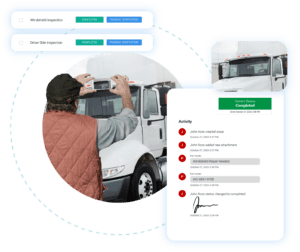
#3 Improve Routing Efficiency to Reduce Total Mileage and Time Spent in Traffic
Telematics and fleet analytics reveal a lot about your routing efficiency – and show you exactly where changes are needed. By reviewing historical trends, you can pinpoint which routes regularly take your drivers into congested traffic, resulting in delays and excessive idling. You can also spot unauthorized use for side jobs or personal use which may be outside your normal guidelines.
You’ll also spot regularly traveled routes that aren’t the most direct. By shoring up these instances to eliminate excess mileage, you’ll reduce your fuel requirements and optimize the use of your assets and drivers.
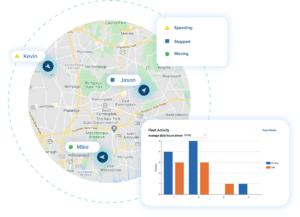
#4 Tighten Up Your Vehicle Idling Policy
This is big one which can pay dividends immediately. While this one could fall under driver behavior, it can have such an outsized impact on your fuel spend, it’s worth calling out separately. Estimates show that every hour a vehicle idles, it burns between a quarter to three-quarters of a gallon of fuel – depending on vehicle size and type. When you multiply that fuel leak across your fleet, it’s a hefty expense you can significantly curb.
First, talk to your drivers to understand their reasons for leaving a vehicle idling and what policies are in place that deem it necessary such as operating a lift. Armed with understanding, define your policy to account for unavoidable situations – like stoplights and traffic, and set clear limits where idling is unacceptable. Fully communicate the new policy and automate alerts in your telematics solution, notifying managers when violations occur. Also, incorporate idling events in your driver scorecards and reward program to truly move the needle.
#5 Get an Integrated Fuel Card Management System
When you can tie your fuel transaction history to your telematics, you get the big-picture view of fuel utilization stats like miles per gallon, and can see the true financial impact unnecessary idling. You also gain insight to spot erroneous or unauthorized purchases – and even identify when a vehicle other than the company-owned vehicle is filled. An integrated fuel management system gives you confidence that the fuel you’re paying for is fuel that’s running your operation.
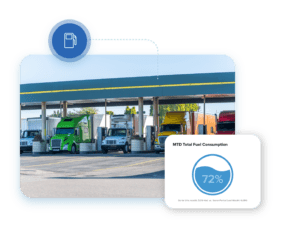
#6 Evaluate Where Alternative Fuel Vehicles Deliver an ROI
Fleet management systems can help you identify which assets are prime candidates for a transition to an electric or hybrid vehicle based on parameters like daily mileage and stop duration thresholds. While this may be part of a longer-term strategy, these insights will help you save on fuel costs, and will also reduce your carbon footprint.
Take action on these tips today, and you’ll take a serious bite out of the impact surging fuel prices are having on your business.



![Episode 50 Thumbnail Erin celebrates building the fleet community with 50 episodes and 11K followers on LinkedIn [Podcast]](https://intellishift.com/wp-content/uploads/2022/03/Fuel-Price-Blog-Post-sm-scaled-1.jpg)

